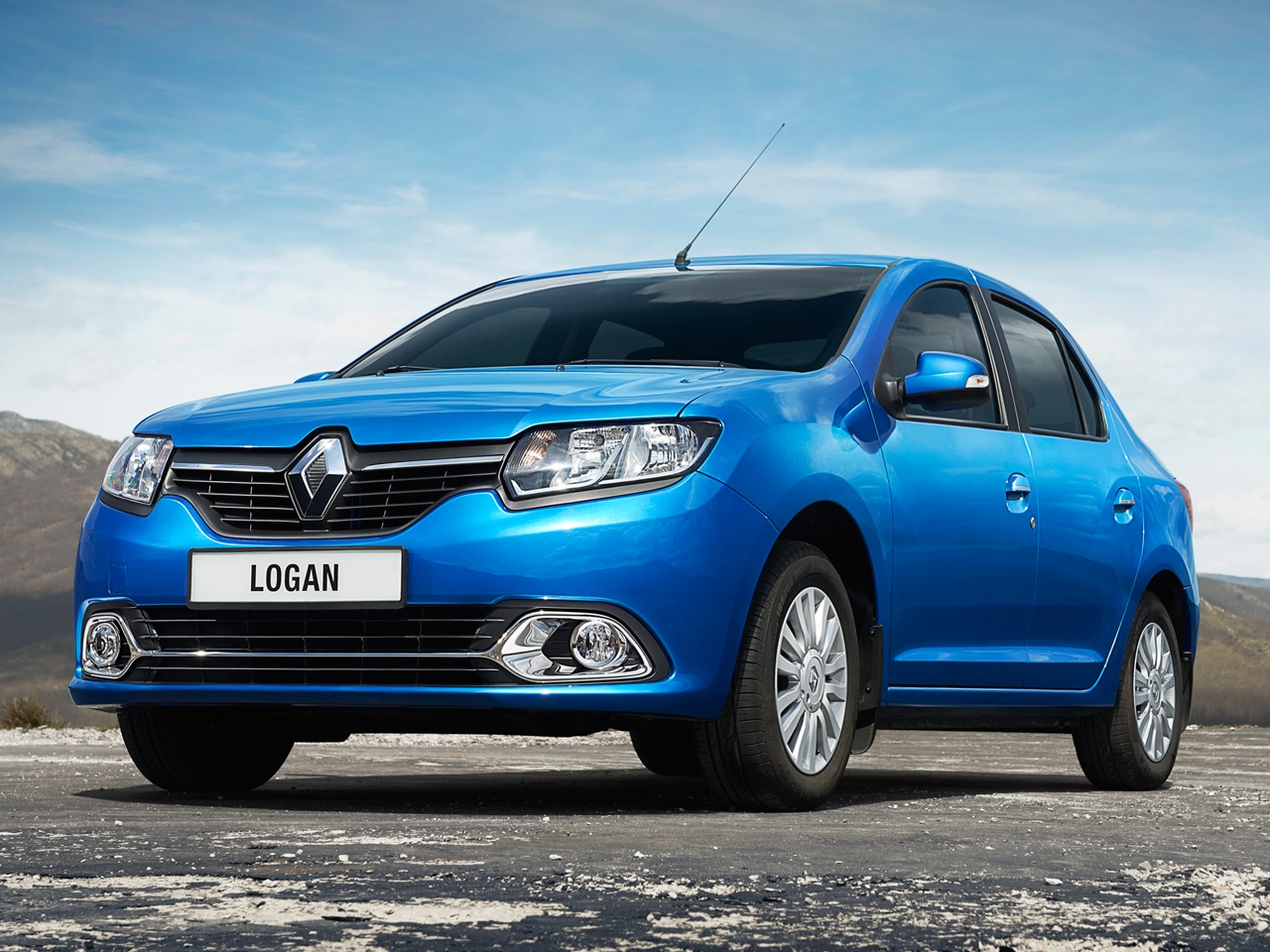Trudoemkostj Rabot Lada Largus
The Lada Largus is a subcompact estate car built by the Russian manufacturer AvtoVAZ since 2012. It is essentially a rebadged version of the Renault-develope.
First generation [ ] First generation Overview Manufacturer Also called Lada 117 (wagon, Finland) Lada 119 (hatchback, Finland) Lada 1117 (wagon) Lada 1118 (sedan) Lada 1119 (hatchback) Lada Kalina Production 2003–2013 Assembly, (), ( & ) Body and chassis 5-door 5-door 4-door Powertrain 1.4 L () 1.6 L () 1.6 L () Dimensions 2,470 mm (97.2 in) Length 3,850 mm (151.6 in) (hatchback) 4,050 mm (159.4 in) (sedan & wagon) Width 1,670 mm (65.7 in) Height 1,500 mm (59.1 in) 1,080 kg (2,381 lb) Production began with a four-door in 2005, a five-door being released in 2006 and a in 2007. The hot-dip galvanized steel with enhanced corrosion resistance used in the production of this car was specially developed by a number of Russian steel producers. Drajvera dlya asus x52d. The first generation Kalina scored 5.6 points out of 16 in a frontal crash test conducted by the Russian safety assessment program in 2005, and was awarded one star out of four. The Kalina is exported to most Western European markets with a price of about €7,000–8,000. It offers driver and passenger,,, and rear seats that can be folded so that a horizontal platform is formed. There are three options, ranging from 81 to 98 (60 to 72 kW): a 1.4-litre 16-valve (91 hp; 67 kW), a 1.6-litre 8-valve (81 hp; 60 kW) and a 1.6-litre 16-valve (98 hp; 72 kW). Zagadki na belaruskaj move pra zhivyol z adgadkami. Its trade name is Kalina in most countries, but in, where kalina means rattle or clatter, the car is marketed as the Lada 119.

Its main competitors are cars like the. A sportier version, the Kalina GS Sport, is also produced and there has been a version, revealed as a concept car, that uses a 1.6 petrol engine derived from the naturally aspirated standard models. A Lada Kalina was used as the 'Reasonably-Priced Car' in the television series. It was the fourth most popular car in Russia in 2009, debuting with 60,746 sales nationally, and ranked first in 2012. Lada El Lada [ ] The electric car Lada El Lada was introduced in 2011. This was a Lada Kalina station wagon with the 30 kW electric motor powered by the 23 kWh battery pack. Only 100 electric Ladas were produced.

• 1.6 L • 1.6 L I4 Dimensions 2,476 mm (97.5 in) Length 3,893 mm (153.3 in) (hatchback) 4,084 mm (160.8 in) (wagon) Width 1,670 mm (65.7 in) Height 1,500 mm (59.1 in)–1,560 mm (61.4 in) cross & wagon: 1,125–1,160 kg (2,480–2,557 lb) Sport: 1,626 kg (3,585 lb) The second generation of the car was revealed at the 2012. It is basically a facelifted first generation, albeit with a slightly extended wheelbase and length, 13- or 14-inch wheel discs, and now produced only in hatchback and wagon form. All interior controls are now in English only, just like in the recently introduced Lux models of the. The Kalina was used as the basis for the Japanese, which is produced specifically for the Russian market. It is powered by a range of two 1.6-litre petrol engines, with 8 and 16-valve respectively, developing 86 to 105 horsepower (64 to 78 kilowatts) and 140 to 145 N⋅m (14 to 15 m⋅kgf) of torque. The hatchback entered production in May 2013, followed by the station wagon later in September. At the time, AvtoVAZ was expressing hope to enter the US and Canada.
A Lada Kalina Sport is currently an available on Lada's Russian website Lada Kalina Cross wagon debuted in 2014. The car differs with increased 20 mm road clearance, the altered gear ratios in transmission and the plastic body kit.
Lada 1500 Known as the within the Soviet Union, the main differences between the VAZ-2103 and the Fiat 124 Special are the use of thicker- steel for the bodyshell (so the 2103 weighed 1,030 kg (2,270 lb), the Fiat 105 kg (231 lb) less ), an overhead camshaft engine (in place of the original Fiat OHV unit), and the use of aluminium on the rear wheels in place of. The car featured a starting handle for cranking the engine manually should the battery go flat in Siberian winter conditions, auxiliary fuel pump as well as improved soundproofing. It was later joined by the 1,198 cc (73.1 cu in)-powered 21035 and 1,294 cc (79.0 cu in) (VAZ 21011-engined) 21033. VAZ were forbidden from selling the car in competing markets alongside the; however exports to Western European nations began in 1974 when the 124 was discontinued in favour of Fiat's newer model. The VAZ-2103 was sold in export markets from mid-1970s to early 1980. In the, it was sold from May 1976 until May 1979 and it was the second Lada car to be sold in this market. Although starting to be slowly replaced with its successor, the already from 1976, it was still produced as far as 1984 and was the first VAZ model to be discontinued, despite not being the oldest one.